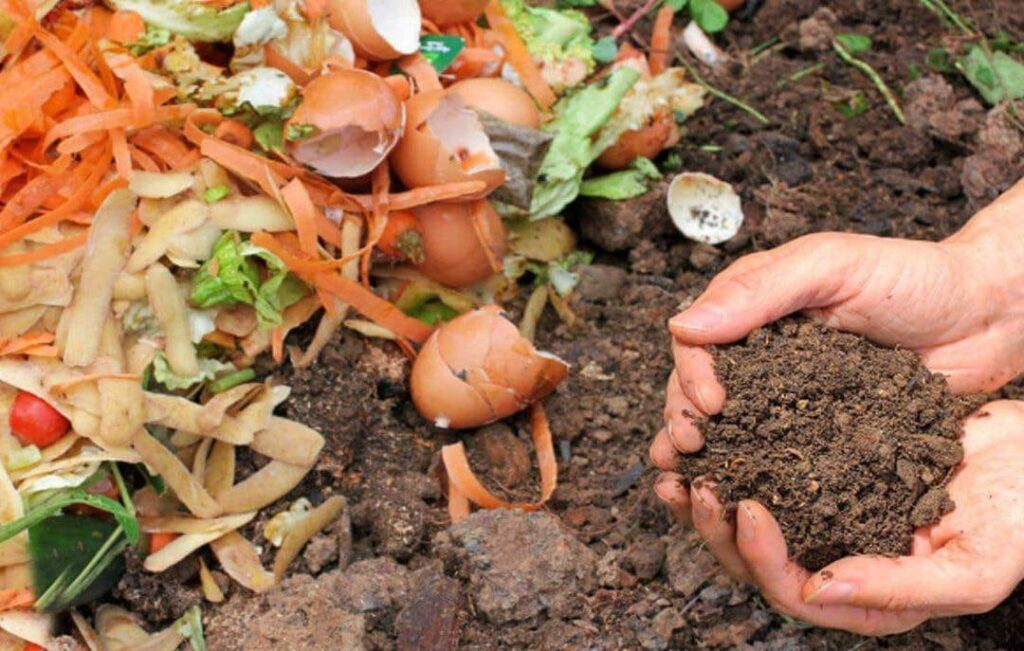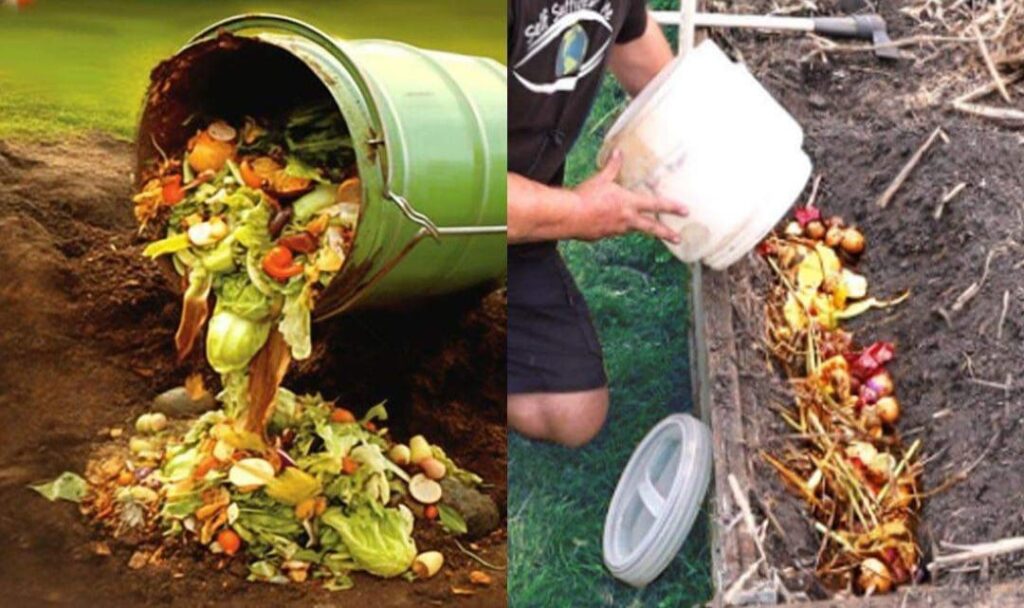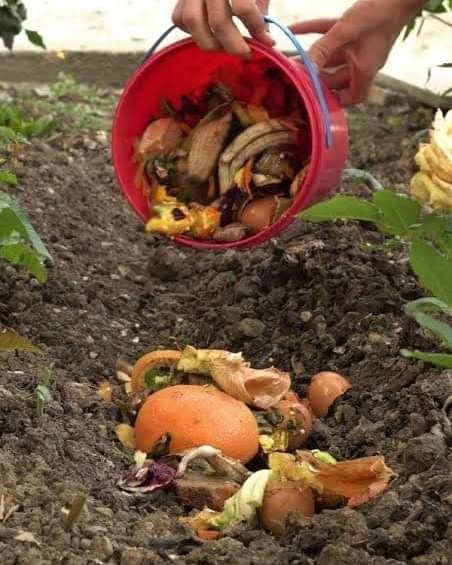Starting a backyard compost is an efficient way of reducing waste, enriching soil, and providing environmental care. Composting is a somewhat simple process wherein organic materials break down into rich earth. Whether you are starting a garden for the very first time or are a regular gardener, this will take you through each step.

1. Understand the Basics of Composting
Composting is nature’s way of recycling. It involves breaking down organic material such as food scraps, leaves, and grass clippings into a nutrient-rich soil amendment called compost. By composting, you reduce the amount of waste going to landfills and create something valuable for your garden.
2. Choose the Right Location
Find a good spot in your backyard for the compost pile. You want a location that is convenient but also out of the way. Select a spot that has good drainage, since you would not want water collecting in your compost. This should be best in a shaded or semi-shaded area since this would not dry up too quickly.
3. Choose a Composting Method
There are many different composting methods. The most popular methods include:
Traditional Compost Pile: Nothing more than a heap of organic materials; easy and doesn’t require any special investment
Compost Bin: A container that will keep your compost neat and contained. Perfect for city lots or small spaces.
Tumbler: A turning barrel that speeds up the decomposition process. Good for those in a hurry.
Choose the method that works best for your space, time, and effort level.
4. Collect Your Waste
Composting involves mixing green and brown materials.
Green materials: High in nitrogen, these are fruit and vegetable scraps, coffee grounds, and grass clippings.
Brown materials: High in carbon, these are primarily dry materials such as leaves, straw, and cardboard.
These are the materials that you will need to balance in order to have ideal composting. You are aiming for a ratio of about 3 parts brown to 1 part green.
5. Start Your Compost Pile
Begin with a layer of coarse materials that help the compost for drainage and aeration. Examples include small twigs or straw. Set down green and brown materials in an alternating order. Sprinkle some water after every few layers. It should be moist like a wrung-out sponge, but not soaking wet.
6. Maintain Your Backyard Compost
Turning is a good way to keep the compost healthy. Aerating the pile with an implement hastens the decomposition process. Use either a garden fork or shovel to mix the materials together. Turn a pile every 1-2 weeks. Add water if it becomes too dry; add more brown materials if it’s too wet.
7. Check the Temperature
Composting generates heat, which is actually a by-product of decomposition. The temperature in composting should be within the range of 130-160°F. A compost thermometer is used for checking the temperature. If too cool, turn the pile more frequently or add more green materials. If too hot, cool it off with brown materials or water.
8. Troubleshoot Common Issues
Things do not always go as planned when it comes to Backyard Compost. Following are some common problems and how to remedy them:
Bad Odor: If your compost is smelling, it is too wet or has too much green material in it. Add more brown materials and turn the pile to aerate it.
Pests: If you start attracting pests, then you’re probably adding the wrong things like meat or dairy. Keep it plant-based and cover your compost with a layer of brown materials to keep them away.
Slow Decomposition: If your compost is taking too long to break down, it’s probably too dry, too cold, or isn’t getting enough oxygen. Turn it more often, add water, or change the green-to-brown mix.
- Collect Your Compost
After a few months, compost will be ready. It’s dark, crumbly, and smells much like an earthy aroma. To harvest the Backyard Compost, stop adding new materials to the pile and let it sit for a few weeks. Then, use a shovel or garden fork to remove the finished compost from the bottom of the pile. Any Backyard Composting material which has not fully decomposed can go back into the pile.

- *Put Your Compost to Use
*Compost is one of the most valuable soil amendments. You can try using it in several ways in your garden:
*Mix into garden beds: It can be worked into the top few inches of your soil to improve the texture and fertility.
*As mulch: You can spread it around plants because this helps in retaining moisture and suppression of weeds.
- Make compost tea: Allow compost to steep in water to create a liquid full of nutrients for fertilizing.
11. Expand Your Composting Efforts
Once you get confident enough with composting in your backyard, you may want to expand the task. You can add a worm bin for vermicomposting, where worms decompose food leftovers; you can start a composting system for the whole community or learn how to compost things that are more difficult to break down, such as meat and dairy, by using advanced skills like Bokashi Backyard Composting.
12. Spread the Word
Finally, spread your composting success. Invite others to learn about composting, such as friends, family, and neighbours. The more the merrier – the more composting that goes on, the more difference it makes in trying to reduce waste and improve soil health. You can also start a community composting group, or you can volunteer to help people with setting up their Backyard Compost systems.
13. Stay Committed
Composting is a continuous process. Composting requires upkeep, but all of that is well worth the result. You will be contributing to a sustainable future, and it’s going to make your garden much healthier. Just keep messing around with different materials and different methods until you come up with your own stuff that works best for you.
14. Explore Further Resources
If you’re interested in learning about composting, there is quite a lot of resources available. You could read books, take courses online, and attend local workshops for more information. You can also join a gardening club or an online forum and network with other Backyard Composters to share experiences and advice.
15. Celebrate Your Success
You have done something that not every homeowner thinks about starting a compost in your backyard. You have taken one step into living more sustainably and improving your garden. Just take a little time to appreciate the work you’ve done and the positive contribution you’re making to the environment. Composting is a process, and each pile of compost you create is considered a success.
Conclusion
Composting in the backyard is a very rewarding and environmentally friendly activity. By following this step-by-step guide, one is well on his or her way to that rich, nutrient-filled compost for the garden. The main thing to remember is location, materials, and keeping it maintained regularly. Patience and commitment will go a long way toward having an ongoing compost system that will help the garden and the planet. Happy Backyard Composting!
